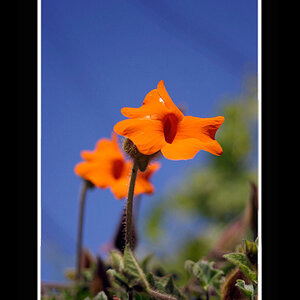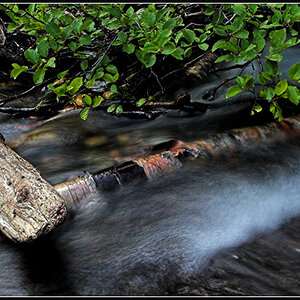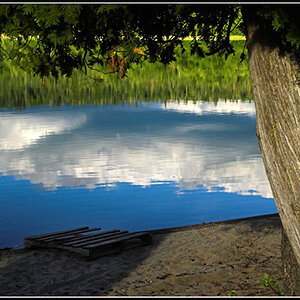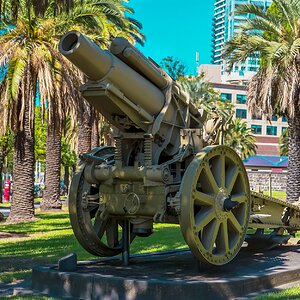~~~~~~~~~~~~~
First of all, newbie here so hello to all! :mrgreen:
I have the Canon XSi with a kit lens and since I'm going to Europe in a few weeks, I decided to upgrade my lens. Read whatever I could find on the net and decided to buy a Canon EFS 15-85.
So this morning I set up my tripod and played around with both lenses (on manual) to see the "dramatic" difference that my $960 bought for me. Well, I was let down. I expected to see a measurable difference and all I got was "look real close to spot the difference". I had to magnify the photo several times to start picking up the slight variations.
So.....a couple of questions....
*Is the difference that small that in normal use? Or is it just me? Or a less then perfect lens?
*The 15-85 is within cost range of the Canon EF 24-105/4L IS lens. If what I saw from the 15-85 lens is normal, does going to one of the best lenses Canon has make a bigger difference? Or is it $1400 for a fairly small difference?
*Last but not least. Paying $960 or $1400 get's me a better camera. Is the money better spend by waiting a year or two and sinking it into a better camera that will give me inherently better quality shots?
I'm eager to hear what you think.
First of all, newbie here so hello to all! :mrgreen:
I have the Canon XSi with a kit lens and since I'm going to Europe in a few weeks, I decided to upgrade my lens. Read whatever I could find on the net and decided to buy a Canon EFS 15-85.
So this morning I set up my tripod and played around with both lenses (on manual) to see the "dramatic" difference that my $960 bought for me. Well, I was let down. I expected to see a measurable difference and all I got was "look real close to spot the difference". I had to magnify the photo several times to start picking up the slight variations.
So.....a couple of questions....
*Is the difference that small that in normal use? Or is it just me? Or a less then perfect lens?
*The 15-85 is within cost range of the Canon EF 24-105/4L IS lens. If what I saw from the 15-85 lens is normal, does going to one of the best lenses Canon has make a bigger difference? Or is it $1400 for a fairly small difference?
*Last but not least. Paying $960 or $1400 get's me a better camera. Is the money better spend by waiting a year or two and sinking it into a better camera that will give me inherently better quality shots?
I'm eager to hear what you think.





![[No title]](/data/xfmg/thumbnail/37/37616-5e9d06af384cf745ad31a513e49183a9.jpg?1619738151)


![[No title]](/data/xfmg/thumbnail/32/32718-19d5f7764b6f43f6cec5a67701261560.jpg?1619735624)


![[No title]](/data/xfmg/thumbnail/32/32721-63e870bb6055043e46744e5ac505d9bf.jpg?1619735627)

![[No title]](/data/xfmg/thumbnail/32/32632-476f3d925401f13cffe1cc2b41945614.jpg?1619735553)
